Although the Apple Watch does a lot of its fitness tracking without any help, it isn't perfect, and there are a few things you can do to guarantee the most accurate possible results.
One basic step is to make sure you're wearing the Watch properly. It should be strapped tight near the top of the wrist, though not so tight that it's uncomfortable to wear during the day. This allows the heart rate sensor to pick up as much data as possible.
Along those lines, some bands may provide better results than others. You might prefer the look and feel of a particular accessory, but if it causes your Watch to lose readings, it's not much help in tracking.
For the sake of motion sensing, you'll want to make sure you're wearing the Watch on your non-dominant hand, and have its orientation configured properly in Apple's companion iPhone app. From the My Watch tab, select General, then Watch Orientation. You might want to have the digital crown facing upwards (towards your arm) if you wear gear like lifting straps at the gym — otherwise there's a chance of accidental button presses.
There are a few other essential app settings, among them Wrist Detection under the My Watch tab's Passcode menu. Nominally this is a security measure, but it's also mandatory for gauging resting and walking heart rates.
Be sure to go into the tab's Health menu and update your physical stats as necessary, since this data is used to estimate calories burned. Note that if you use a HealthKit-compatible scale, your weight should be updated automatically.
It may be necessary to calibrate your Watch, particularly if it's a Series 1 or 0. For that we've prepared a separate guide.
Finally, Apple recommends certain strategies when you're actually in motion. To earn Exercise credit during a brisk walk for example, it's essential to let your Watch hand swing freely, or else use the Outdoor or Indoor Walk options under the Workout app. If you need that hand for something else, the Workout app is the only choice, since it invokes GPS and HR tracking.
 Roger Fingas
Roger Fingas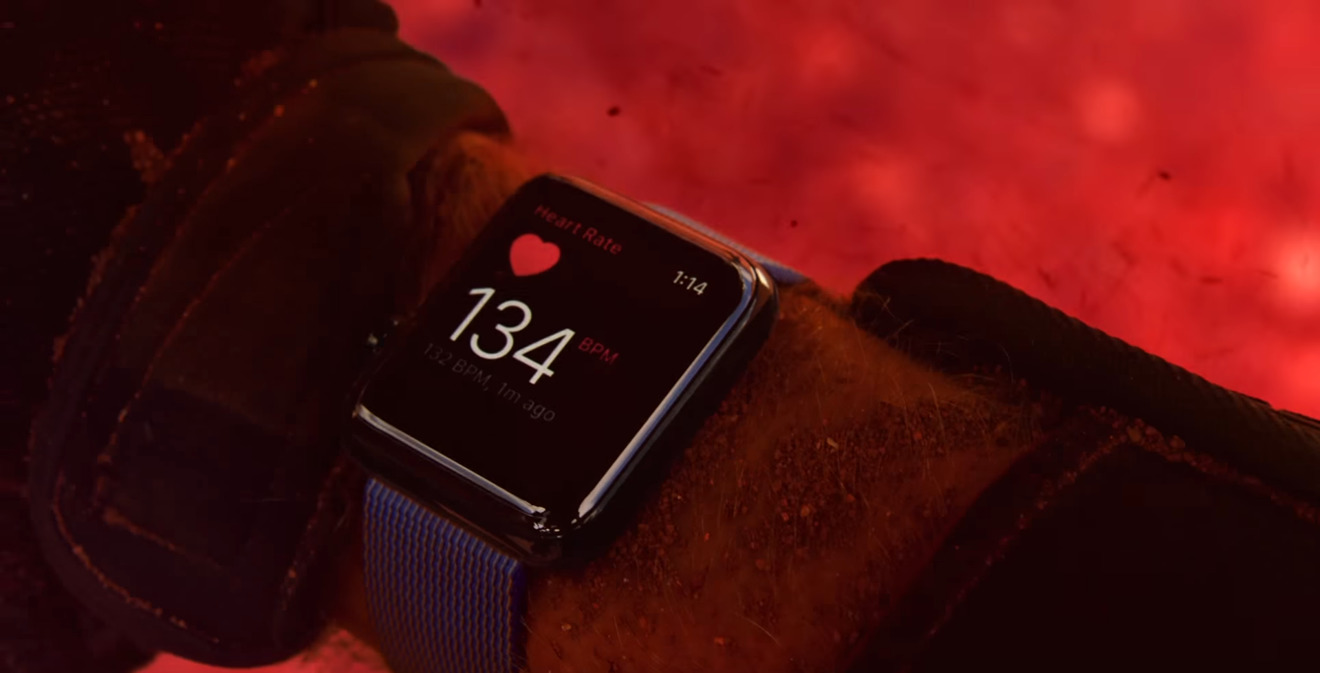
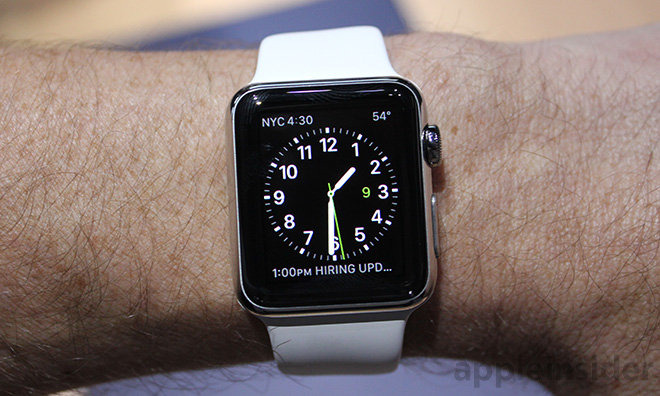

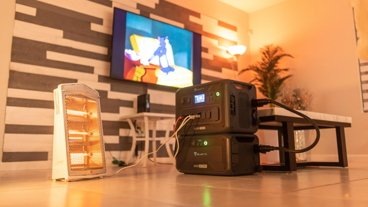
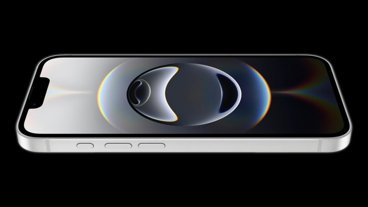
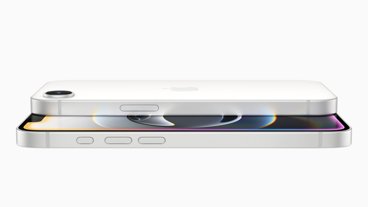

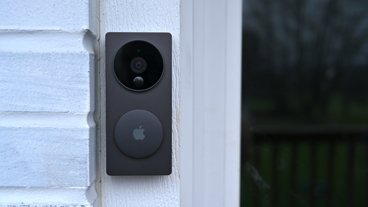
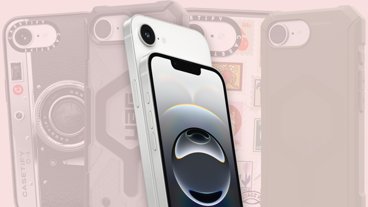

-m.jpg)






 Wesley Hilliard
Wesley Hilliard
 Oliver Haslam
Oliver Haslam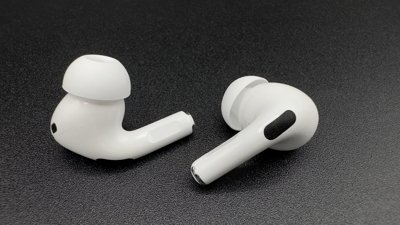
 Marko Zivkovic
Marko Zivkovic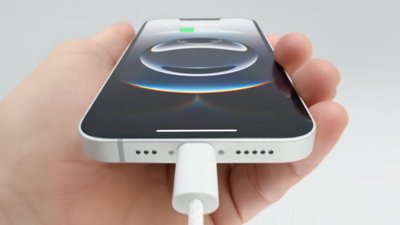
 William Gallagher
William Gallagher
 Amber Neely
Amber Neely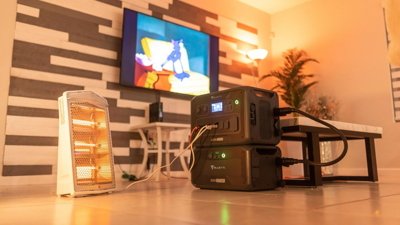
 Sponsored Content
Sponsored Content
 Christine McKee
Christine McKee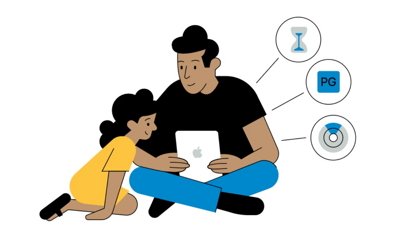
 William Gallagher and Mike Wuerthele
William Gallagher and Mike Wuerthele
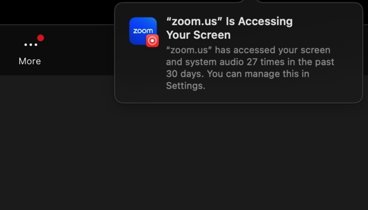

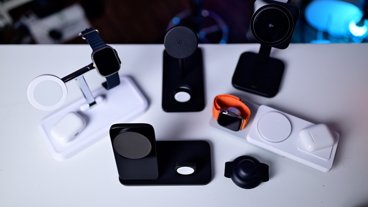

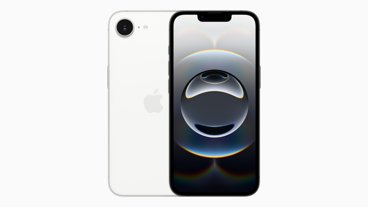

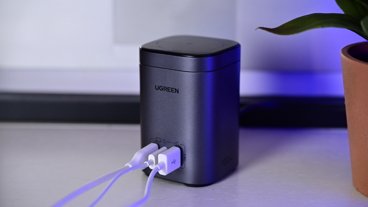


13 Comments
"it isn't perfect" is a bit of an understatement. I'd pronounce it "adequate." Running the workout app eats battery. Perhaps this has been addressed by Apple, but any day I run that app for a 30 minute walk costs me about 3 hours of battery. My wife has the 38mm version. She is quite active, and gets maybe 12 hours out of her original AW. If you want "all day" battery...well...get a fitbit.
The badge things are quite spotty. Sometimes they simply delete themselves. I "earned" on last month (saw it show up as complete) and then it simply disappeared.
I like my AW, and didn't buy it for the fitness stuff. I like the idea of "closing rings" and it is sort of entertaining on its own. But it isn't really for a serious athlete, or anyone that is using it consistently for fitness. And perhaps the intent - it was intended to get people to stand up once an hour. It does that fairly well.
My opinion, YYMV.
Another tip:
If you're performing exercises where your heart rate will fluctuate rapidly or you need more accurate HR readings (such as heart rate driven exercises.) Then pair a bluetooth heart rate chest-strap with your apple watch. I use the entry level wahoo tickr heart rate monitor and it plays along with the watch very nicely. (Plus if you're doing a long workout it'll save significant battery life on your watch.)
I run for two hours every day at ~ 9 KM/H non-stop, and do stair-stepper 3-4 times while at work, never used power saver mode and my battery lasts (~ 5-10% left) two days before it needs recharging. I am using Apple Watch Hermes series 3. Heart monitor on my Apple Watch is very very accurate. I verified it against many other sources and its damn perfect all the time. BTW to respond to the1st poster, it really is for everyone whether you are a serious athlete or just having fun with the watch.